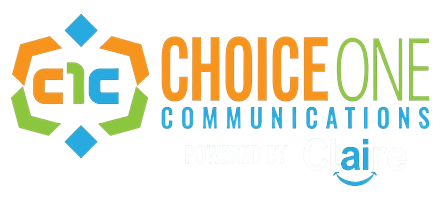AI’s Year-Round Value: Transforming Benefits and Building a Better Future
The integration of generative artificial intelligence (AI) and advanced analytics tools is transforming the employee benefits landscape, offering innovative solutions to longstanding challenges. After years of mixed results with new technologies, 2023 marks a turning point as AI empowers employees to make informed benefits decisions, alleviates HR workloads, and provides actionable insights for future planning.
The High Stakes of Open Enrollment
Open enrollment is a critical period for organizations, with significant implications for employee satisfaction and retention. A 2022-2023 study by iSolve revealed that 64% of respondents would consider leaving their jobs after a poor enrollment experience. This underscores the growing expectation for technology to play a pivotal role in simplifying benefits selection. Virtual assistants powered by generative AI are emerging as key tools to guide employees toward optimal choices, enhancing the enrollment experience.
Smarter Chatbots for Better Decision Support
Generative AI is revolutionizing chatbot functionality, enabling more personalized and efficient interactions. Unlike earlier versions, modern AI-powered chatbots can analyze multiple benefits documents and summarize key points for users, providing critical decision support during enrollment.
Rhonda Marcucci, Vice President of Innovation at Gallagher, highlights this advancement: “Generative AI tools like ChatGPT have expanded chatbot capabilities, making them smarter and more intuitive. This allows employees to navigate complex benefits information with ease.”
Businesssolver’s virtual assistant, Sofia, exemplifies this innovation. By integrating ChatGPT, Sofia can handle multiple inquiries in a single interaction, such as checking an HSA balance and adding dependents to coverage. Sony Sung-Chu, Head of Science and Innovation at Businesssolver, explains, “Generative AI enables our chatbot to prioritize and address multiple requests efficiently, improving the user experience.”
Enhancing Empathy and Responsiveness
Generative AI is also making chatbots more human-like, incorporating empathetic responses tailored to individual interactions. For example, chatbots can congratulate employees on milestones or express sympathy during challenging times. This level of personalization fosters deeper engagement and trust.
Streamlining Content Creation and Data Analysis
Generative AI simplifies content creation and data management, reducing administrative burdens during open enrollment. Tools like ChatGPT transcribe and summarize customer calls, allowing representatives to focus on service quality while conducting sentiment analysis. At WTW, generative AI drafts call summaries, further enhancing efficiency.
Beyond enrollment, AI aids HR teams in pre-enrollment planning, offering insights into coverage design, costs, and education campaigns. Post-enrollment, advanced analytics help organizations analyze behavioral trends and feedback, enabling continuous improvement.
Jeff Robbins, Managing Director of Outsourcing Shared Services at WTW, emphasizes, “AI-driven tools provide real-time insights, allowing organizations to understand diverse employee needs and refine their benefits offerings effectively.”
AI’s Year-Round Impact
The influence of generative AI extends beyond open enrollment, driving smarter decision-making, improving operational efficiency, and creating tailored experiences for employees. Predictive modeling tools analyze workforce needs, enabling employers to align benefits designs with employee preferences. Sentiment analysis evaluates feedback, ensuring future processes are optimized.
Generative AI is not just a technological advancement—it’s a transformative force reshaping the benefits experience. Organizations that embrace this innovation will not only enhance employee satisfaction but also position themselves as leaders in modern workforce management. By leveraging AI, companies can build a future-ready organization that prioritizes efficiency, personalization, and employee well-being.


